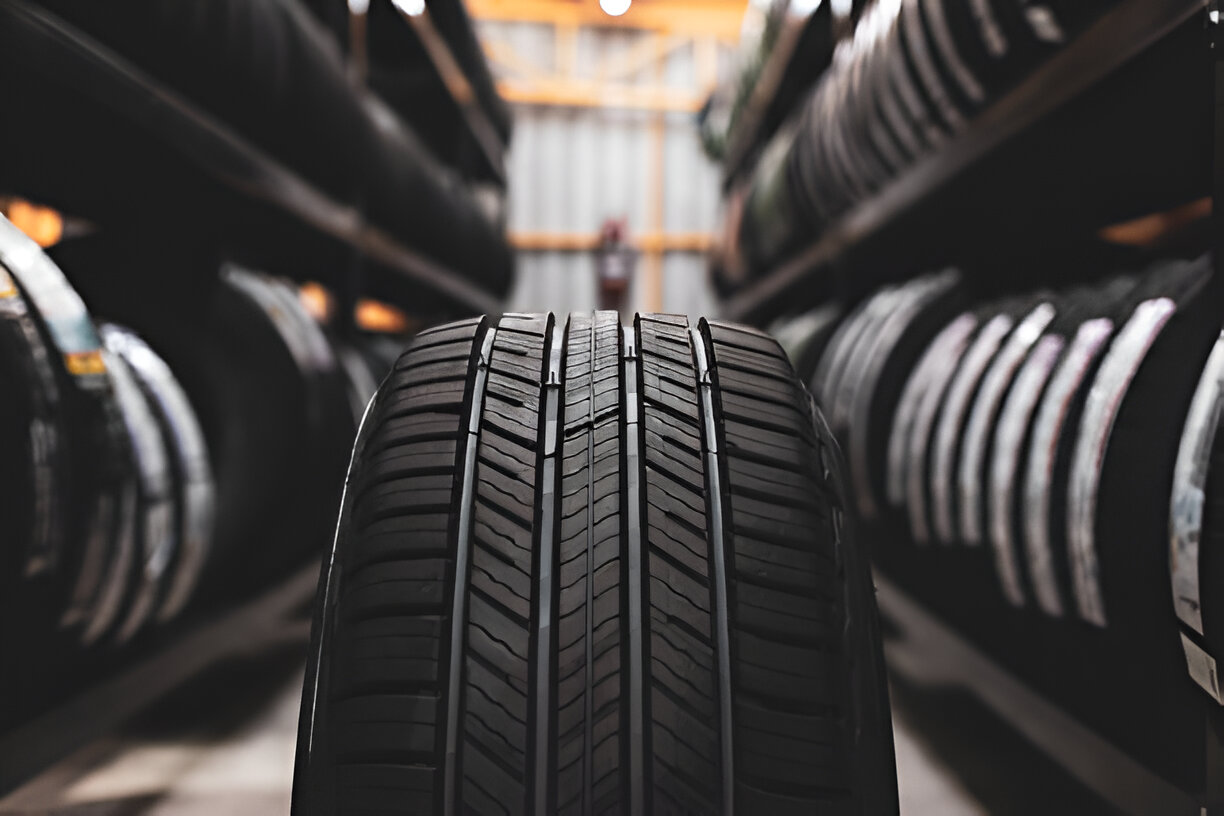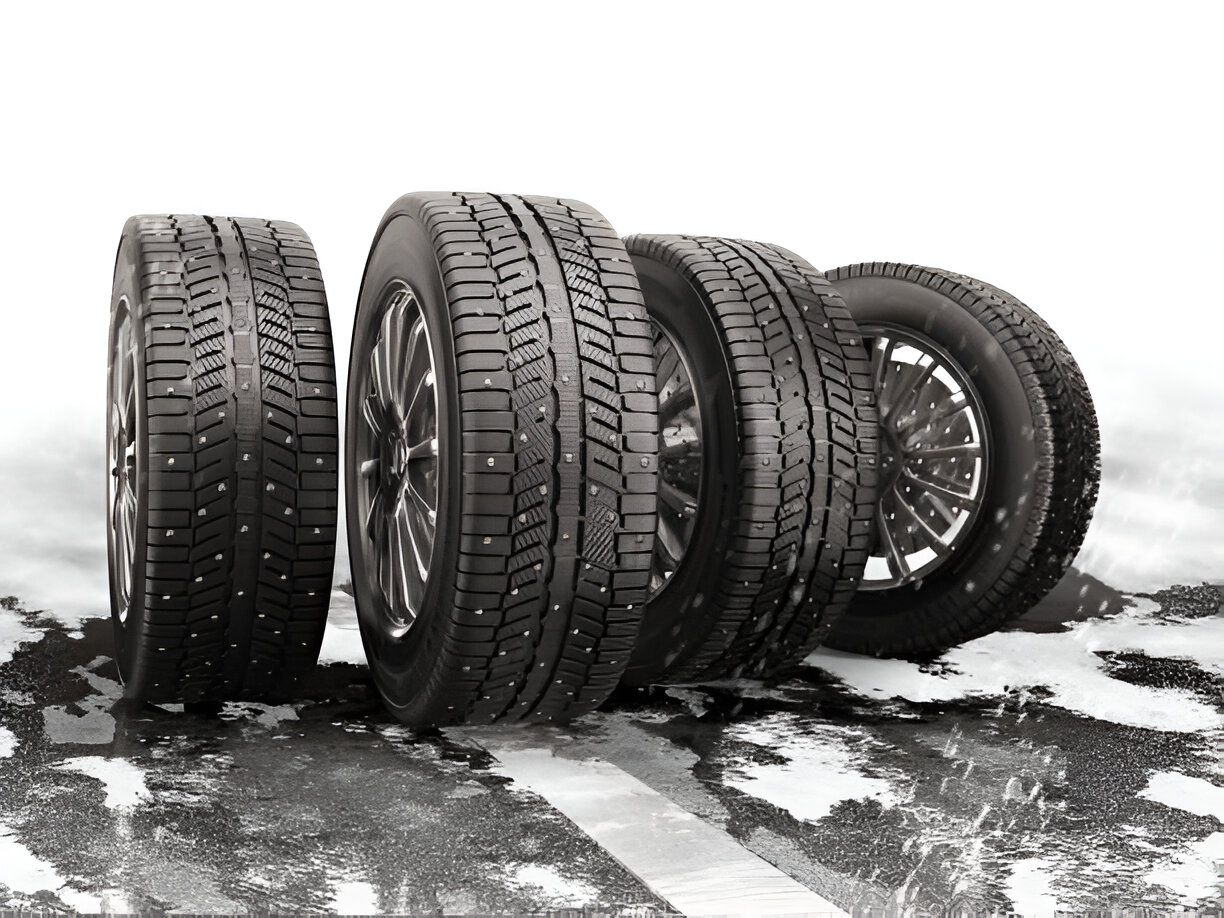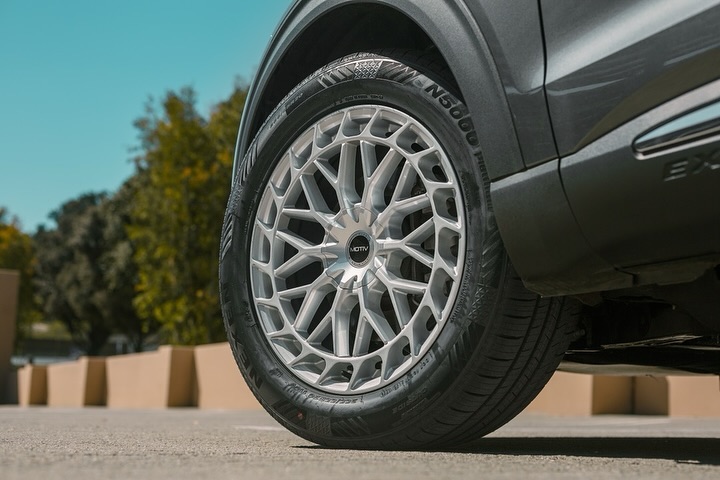Last Updated on November 4, 2024
When It’s Time to Replace Your Winter Tires: Key Signs & Tips
Whether you use the vehicle sporadically or have a long daily commute, a good set of winter tires makes all the difference when outside temperatures approach freezing. However, as capable as they are, winter tires will get worn out or damaged, just like all other tire types. So, how do you know when it’s time to replace them? What are the signs? Here is everything you need to know.
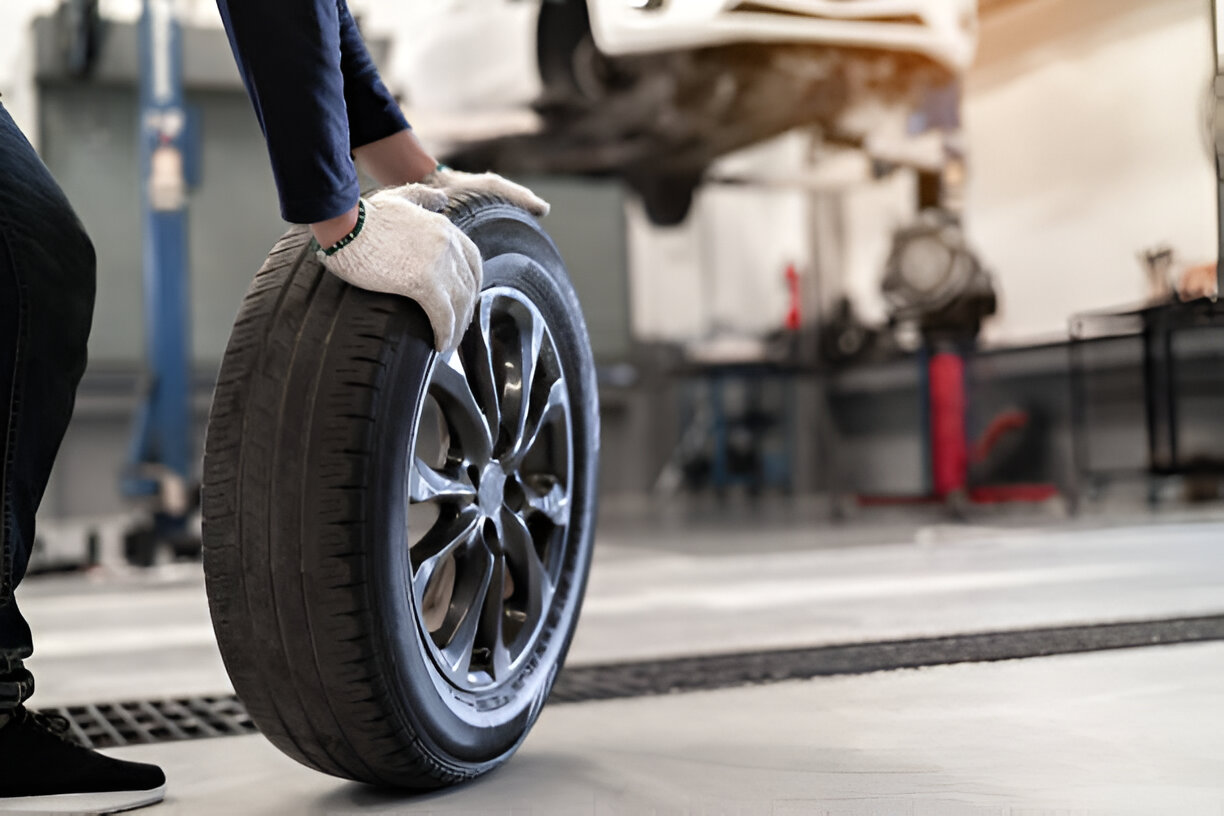
How To Spot Worn-Out Winter Tires
Tread Depth Below the Minimum Level
The depth of a tire’s tread is crucial in determining its performance. Winter tires rely on deep treads to bite into snow and ice, providing traction and preventing slippage. Over time, the tread wears down, making the tire less effective. A tread depth of 4/32 inches (3.2 mm) for winter tires is generally considered the minimum safe level. If your tires have worn down to or below this level, they can no longer offer the necessary traction.
You can check the tread depth using a tread depth gauge or the decades-old “penny test.” Here’s how: insert a penny with Lincoln’s head facing down into the tire’s tread. If the top of Lincoln’s head is visible, it’s time to replace the tire. Although this method is not the most precise in the world, it has been used for decades and will give you a general idea.
Uneven Wear
If your winter tires are wearing unevenly, it may be a sign that they must be replaced. Uneven wear can occur due to improper tire inflation, misaligned wheels, or suspension issues. When the tread wears unevenly, it reduces the tire’s ability to grip the road properly. Be sure to check your tires regularly for signs like one side of the tire wearing down more than the other or bald spots appearing on the tread.
Cracks or Bulges in the Sidewall
Cracks or bulges in the tire’s sidewall indicate that your winter tires are damaged and should be replaced. Cracks often result from age, exposure to UV rays, or extreme temperature fluctuations, which can cause the rubber to deteriorate. Bulges typically occur when the tire’s internal structure has been compromised, making it more prone to blowouts. If you notice any cracks or bulges, it’s best to replace the tire immediately.
Loss of Traction on Snow and Ice
If your winter tires no longer provide adequate traction on snow and ice despite having sufficient tread depth, it’s a sign that they’ve lost their effectiveness. Over time, the rubber compound in winter tires hardens, even if the tread is not excessively worn. This hardening reduces the tire’s grip on cold surfaces, making it less capable of handling icy or snowy roads. The first thing you will notice is the prolonged braking distances.
Tire Age
Tires, including winter tires, have a limited lifespan regardless of how much they’ve been used. Most manufacturers recommend replacing winter tires every six years, even if the tread depth appears sufficient. Over time, the rubber degrades and loses its flexibility, which reduces the tire’s ability to perform in cold weather conditions. Check the manufacturing date on the sidewall of your tires to determine their age. Here is how to do it and how to read the DOT code.
Frequent Air Pressure Loss
If your winter tires are losing air pressure more frequently than usual, it could indicate internal damage or wear that can compromise their structure. A tire that consistently needs to be inflated may have a slow leak or a weakened casing, which can lead to a blowout. In such cases, replacing the tire is safer than risking further damage.
Tips to Prolong the Lifespan of Your Winter Tires
While winter tires should be replaced when required, there are several steps you can take to extend their lifespan and maximize their performance.
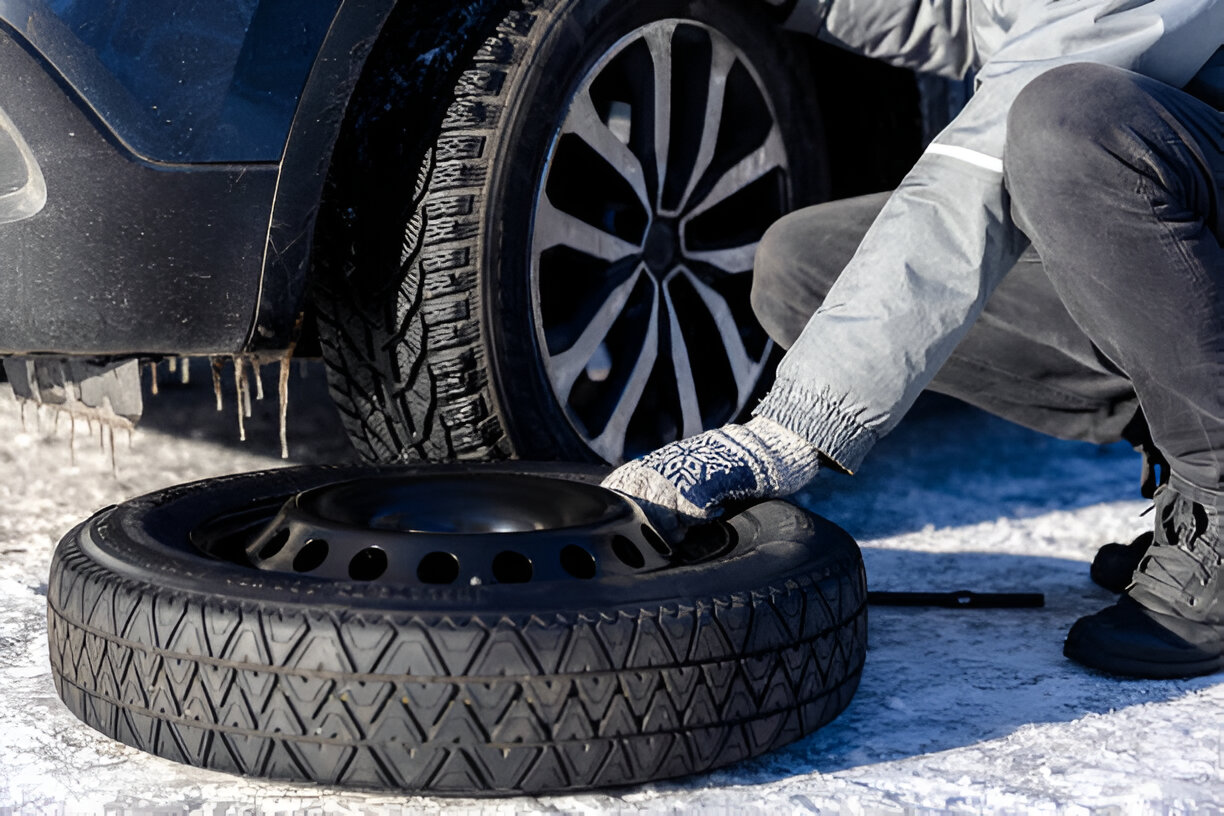
1) Rotate Your Tires Regularly
Rotating your tires helps to ensure even wear across all four tires, which can prolong their life. Most experts recommend rotating your tires every 6,000 to 8,000 miles or at the start and end of each winter season. Be sure to follow the tire rotation pattern recommended by your vehicle’s manufacturer.
2) Store Tires Properly During the Off-Season
When winter ends, properly storing your winter tires is essential to prevent premature aging. Store them in a cool, dry place away from direct sunlight or heat sources, and stack them horizontally if they’re not mounted on rims. We covered this topic in more detail in a blog post here.
3) Maintain Proper Tire Pressure
Properly inflated tires last longer and perform better on the road. Check your tire pressure regularly and adjust it as needed, especially during the winter when cold temperatures can cause a drop in pressure.
4) Drive Carefully
Aggressive driving habits like hard braking, fast acceleration, and sharp cornering can wear down your winter tires more quickly. Drive smoothly and avoid sudden maneuvers to reduce unnecessary stress on your tires.
Conclusion
Winter tires are essential for navigating cold weather conditions, providing the necessary traction on icy, snowy, and slushy roads. But like all tires, winter tires wear down over time and lose their effectiveness. Knowing when to replace your winter tires is crucial to ensure your safety on the road.
-
-
Automotive Specialist
-
Writer






